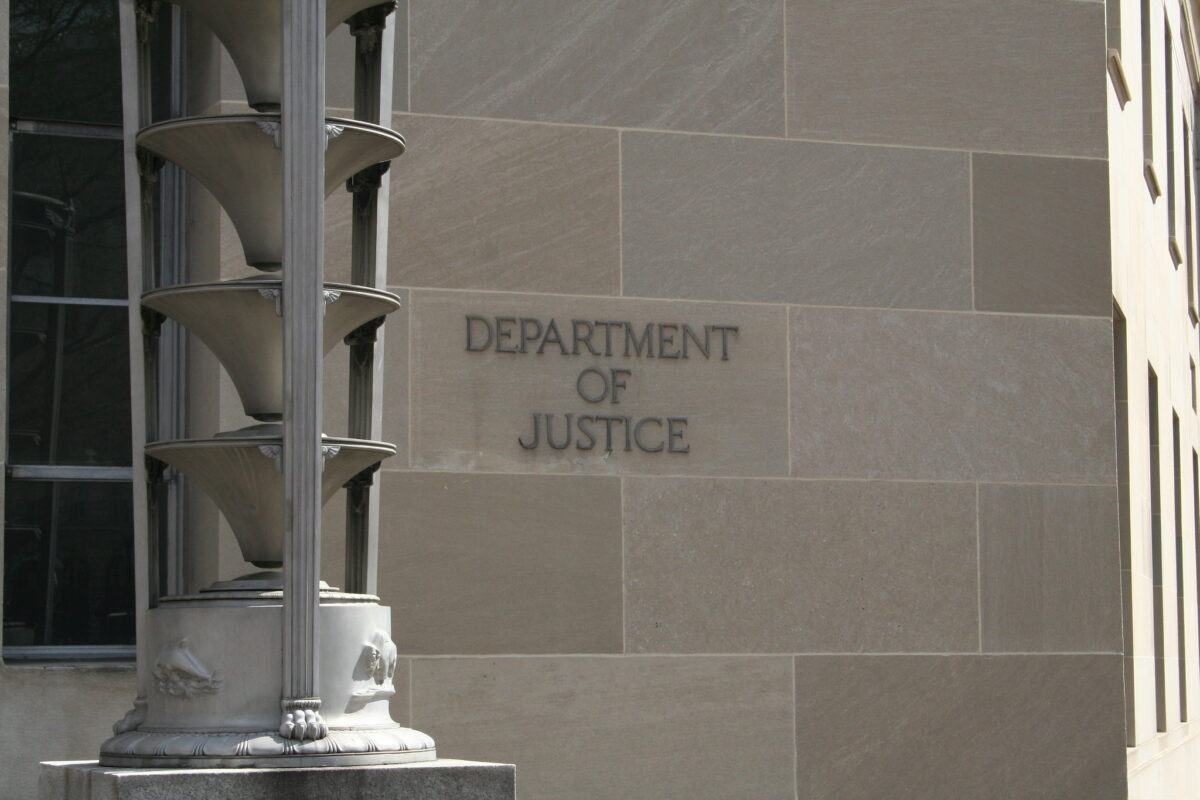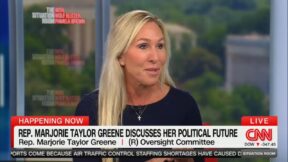DOJ Attorneys Brutally Mocked for Accidentally Filing Letter Admitting Weaknesses of Case in Public Docket

Photo via skpy on Flickr.
Electronic case filing has been a fixture in the legal profession in this country for over two decades, saving litigants the time and expense of having to mail or hand-deliver their court pleadings. One absolutely crucial step, of course, is to make sure that the document you are filing with the court is the correct one, because once filed, whatever document you uploaded into the system will usually be automatically posted in the online public court docket.
Unfortunately for the attorneys at the Department of Justice who are working on the litigation regarding the Department of Transportation’s efforts to shut down the New York City Central Business District Tolling Program (“CBDTP”), someone seems to have badly flubbed this step and failed to double-check that the right document was being filed.
In February, Transportation Secretary Sean Duffy sent a letter to New York Gov. Kathy Hochul voicing President Donald Trump’s objections to the CBDTP, which imposes stiff tolls on drivers using highly trafficked Manhattan streets, with the funds going to upgrade public mass transit programs. The tolls began on January 5, charging most drivers $9 to take roads in Manhattan below 60th Street, where many popular tourist destinations like the Empire State Building and Times Square are located. New York’s Metropolitan Transportation Authority filed a legal challenge seeking to keep the CBDTP in place.
Wednesday evening, a new letter showed up as item number 65 in the MTA vs. Duffy court docket, titled “LETTER addressed to Judge Lewis J. Liman from Dominika Tarczynska dated April 23, 2025 re: Administrative Record & April 20, 2025 Secretary Duffy Letter.”
What was actually filed, however, was an 11-page letter from Assistant U.S. Attorneys Tarczynska, David Farber, and Christine S. Poscablo addressed to Erin Hendrixson, the senior trial attorney at DOT regarding the case.
In the letter, the DOJ attorneys spell out multiple fundamental weaknesses with the federal government’s case, stating that there was “considerable litigation risk in defending” Secretary Duffy’s actions against the CBDTP, it was “unlikely that Judge Liman or further courts of review will accept the [federal government’s] argument that the CBDTP was not a statutorily authorized ‘value pricing’ pilot under the Value Pricing Pilot Program,” and “neither” of the DOT’s main defenses were “likely to convince the Court.”
Court watchers quickly pounced Wednesday evening after realizing what the DOJ had filed, mocking both the document mixup and the admissions that the federal government’s case was fundamentally flawed.
Thursday morning, the DOJ filed a new document, this time a letter to Judge Liman with a motion to seal the letter to Hendrixson that had been filed the evening before, arguing that it was “a privileged communication” that “was plainly filed in error.”
“We write respectfully to request that the Court remove or permanently seal [the Hendrixson letter],” wrote Tarczynska, “which is an attorney-client privileged / attorney work product communication that was inadvertently filed on the docket in this matter last night.”
Tarczynsky continued with this explanation of the screwup:
At 9:04 p.m. last night, undersigned counsel inadvertently uploaded an attorney-client communication from this Office to DOT to ECF rather than a letter intended for Your Honor. Immediately upon realizing this error, at 9:18 p.m., we contacted all counsel of record via email advising of this inadvertent filing of a privileged communication and requesting that they not download the document, or if they had downloaded it, to delete it. We also immediately took steps to contact the Clerk’s office to have the document removed, and we understand that by 9:48 p.m. the Clerk’s office had put a temporary seal on the document, and it was no longer available on ECF. Although the contents of the document have been made public in news reporting, the document was filed in error and should not be considered part of the court docket.
Tarczynska urged the judge to remove or permanently seal the letter “and hold that the inadvertent filing does not constitute a waiver of the attorney client privilege,” and noted that several of the plaintiffs had already stated they did not object to temporarily sealing the letter “pending further consideration” of the matter by the court.
The DOJ’s problem, however, is that while the plaintiffs would be highly likely to gain an advantage from being able to directly use the Hendrixson letter — it is, after all, a written admission by the DOJ of the weaknesses of the federal government’s case — the plaintiffs don’t necessarily have to admit the letter itself into evidence to benefit from it.
Besides the fact that the letter was publicly circulated on social media overnight and the case weaknesses are widely known now, the court opinions, statutes, and regulations that the DOJ attorneys cited in the Hendrixson letter are public record. If the plaintiffs have not already found and cited those legal authorities, they’re certainly aware of them now and can cite them in their upcoming pleadings, as well as any other relevant cases (the commonly used legal research software links cases cited within a written opinion as well as easily connecting other cases that cite that case). That letter essentially provides an outline for the rough draft of the plaintiffs’ upcoming pleadings, like motions to dismiss or motions for summary judgment.




